10 Things That Can Ruin a Mobile Home Setup Fast
Mobile homes can be a smart and affordable way to get on land, but they’re not as plug-and-play as people think. You can’t just drop one down and call it a day. A lot can go sideways fast—especially if you skip over the basics or rely too much on a contractor who’s rushing through the job.
Whether you’re placing it on raw land or replacing an old unit, here are the most common issues that can derail a mobile home setup fast if you’re not paying attention.
Skipping the Soil Prep
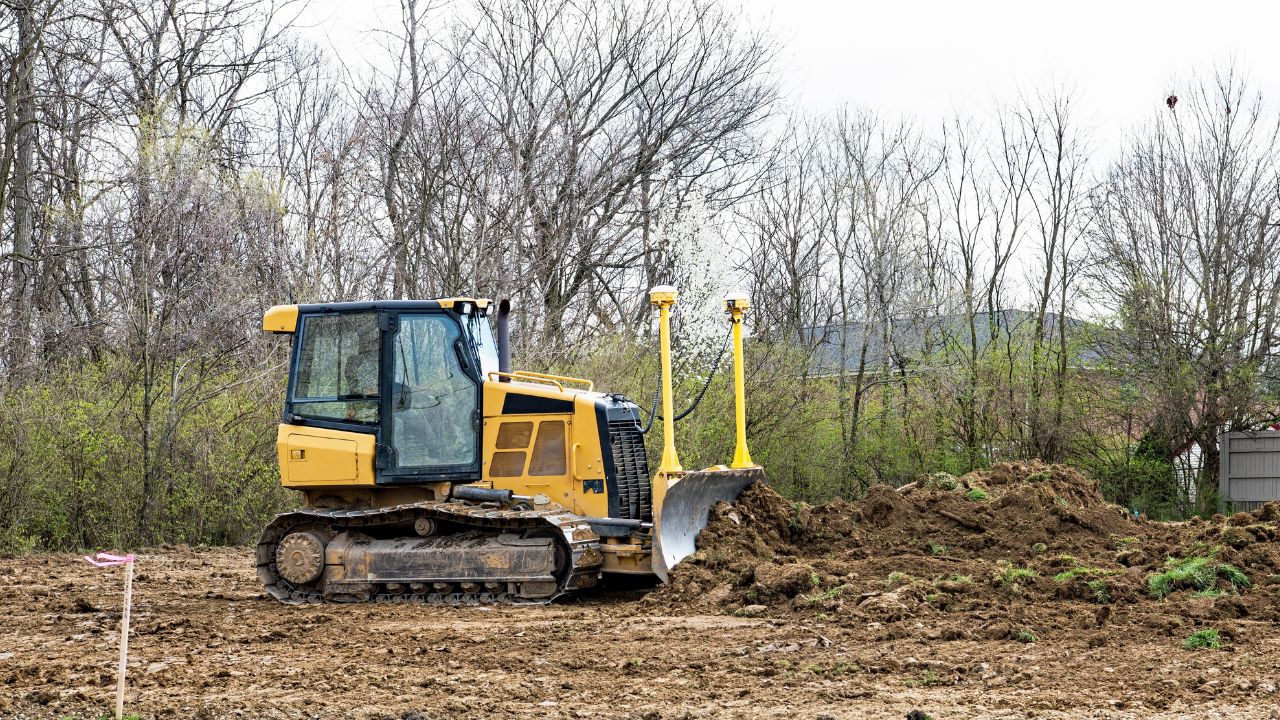
If the ground underneath your mobile home isn’t properly leveled and compacted, you’re asking for long-term problems. Soft or uneven soil shifts with rain, heat, and time—and your home will shift with it.
That can mess up your doors, floors, plumbing, and even the structural integrity of the home. Before anything’s delivered, make sure the pad is level, solid, and drained well. A quick once-over with a tractor isn’t going to cut it.
Ignoring Drainage Around the Home
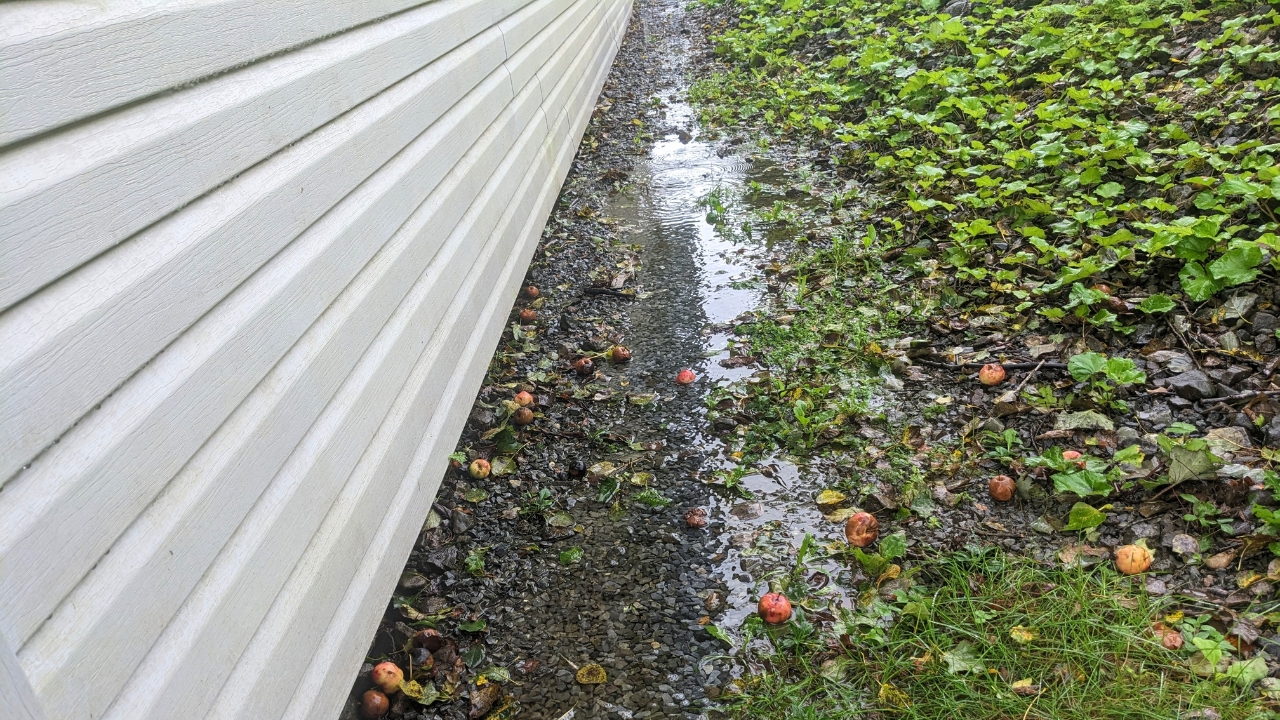
Water is one of the biggest threats to a mobile home setup. Without proper grading, water can pool around or underneath the home, leading to mold, rot, foundation issues, and more.
Even if your pad is solid, you still need the land to slope away from the house. Add gutters, splash blocks, or even French drains if necessary. Don’t wait until a big storm to find out your setup isn’t draining right.
Choosing the Wrong Skirting
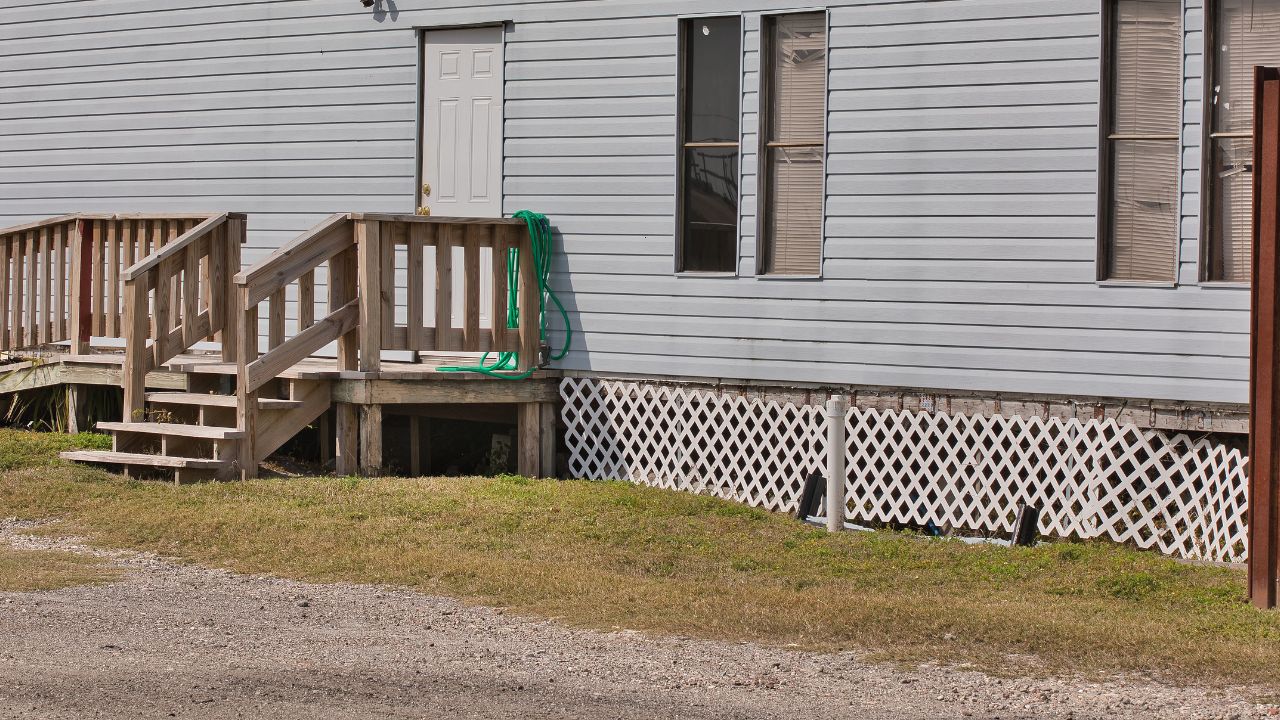
Skirting helps regulate temperature, keeps pests out, and protects your undercarriage—but not all skirting is created equal. Cheap vinyl panels can warp or blow off in a strong wind, and poorly ventilated skirting can trap moisture.
Make sure your skirting has vents spaced evenly and enough airflow to prevent mold or mildew under your home. If you live in a windy or high-moisture area, you may want to invest in something sturdier than the basic kits.
Failing to Anchor It Properly
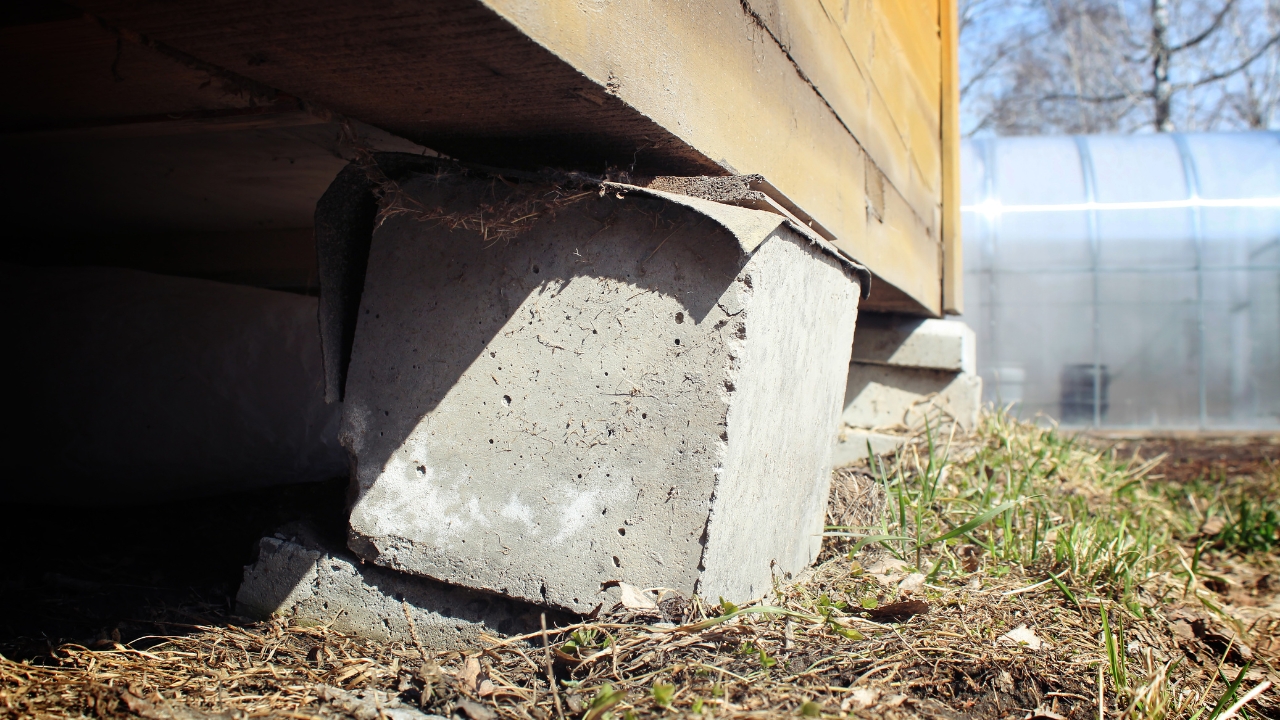
Tie-downs and anchors aren’t optional. Your mobile home needs to be secured to withstand wind, storms, and shifting soil. If those anchors aren’t rated correctly or installed deep enough, your home is vulnerable.
Even a mild storm can move a poorly anchored home, especially if you’re on exposed land. Make sure your setup meets local codes and is installed by someone who knows what they’re doing—not a guy trying to cut corners.
Not Running Permanent Power Safely

It’s tempting to rely on temporary hookups at first, especially if you’re waiting on the electric company—but long-term, that’s risky. Power needs to be run safely and to code with the right size wire, disconnects, and grounding.
Improper wiring can cause voltage drops, shorts, or even fires. Have a licensed electrician install your permanent power, and don’t try to DIY it unless you’re truly experienced and know your local code.
Forgetting a Water Shutoff Valve

You’d be surprised how many mobile home setups leave out a simple main water shutoff. That means if a pipe bursts inside, you’re scrambling outside to shut off the supply—if you even know where the line is buried.
Always install a shutoff where it’s easy to reach and label it clearly. It’ll save your home and your sanity in an emergency. Bonus points if you install one inside too, under the kitchen or bathroom sinks.
Placing It Too Close to Trees
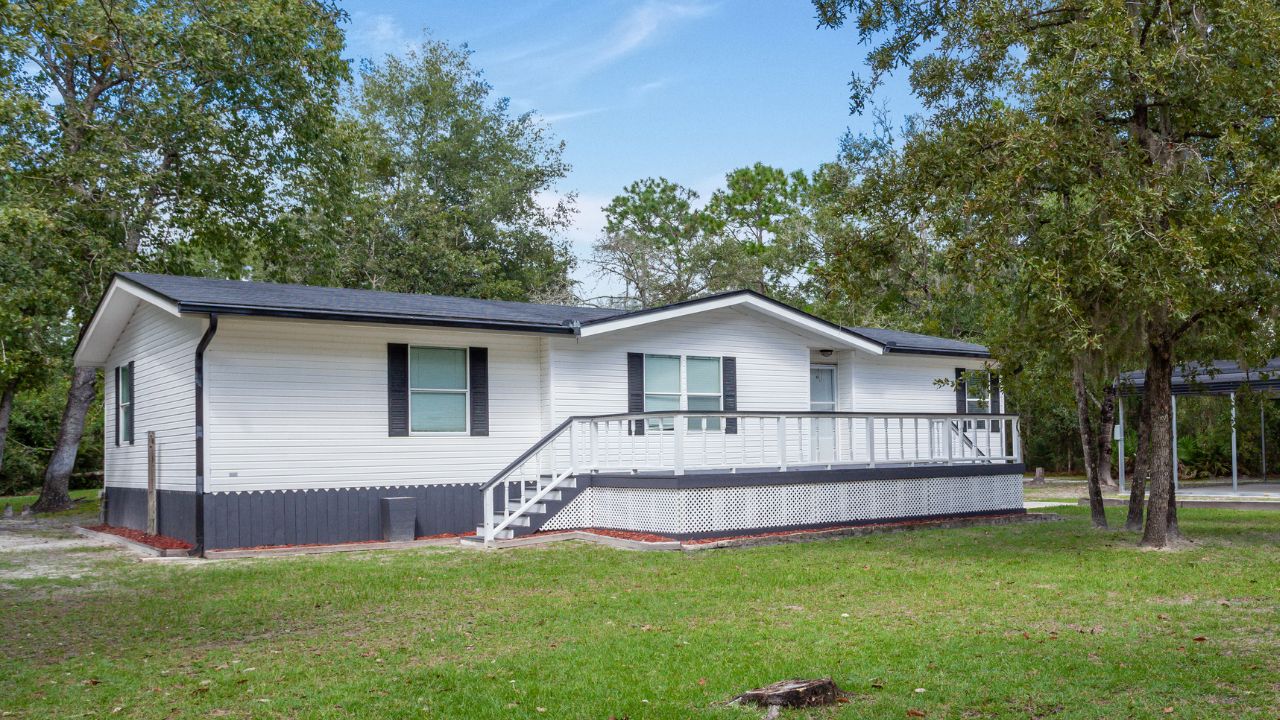
Shady spots might seem ideal in the summer, but trees drop limbs, leaves, and sap—and roots can grow right under your pad. Over time, those roots can lift or crack the foundation, even if it’s concrete.
Limbs brushing your roof can cause damage, and a strong storm can take a tree down entirely. Give yourself space. You can always plant smaller trees or install a pergola later if you need shade.
Not Accounting for Septic Location

Your septic tank and drain field need to be downhill from your home, far enough away to avoid backups but close enough for easy maintenance. Too many people wait until after the home is set before thinking about it.
That leads to expensive rework or awkward piping that’s prone to clogging. Get the septic tested, permitted, and installed before your home arrives. And make sure you know where the cleanouts are once it’s in.
Overlooking Access for Deliveries

The delivery truck needs space to turn, back in, and lower the home safely. If your driveway is too narrow or soft, you’re going to delay the whole setup—or worse, damage your new home trying to force it in.
Widen your entry, clear branches, and make sure the ground can support a heavy truck. You only get one shot at delivery, and if it goes wrong, you’re on the hook for the damage and the cost to fix it.
Assuming It’s Move-In Ready

Even a brand-new mobile home often needs touch-ups, caulking, leveling, or small fixes after it’s delivered and set up. Settling happens. Seams need sealed. HVAC lines might need a tweak.
Take the time to walk through the whole house with a checklist. Don’t skip this part—especially if you’re dealing with a dealership. Make them fix what they promised. Once you move in, it’s a lot harder to get anything repaired.
*This article was developed with AI-powered tools and has been carefully reviewed by our editors.







